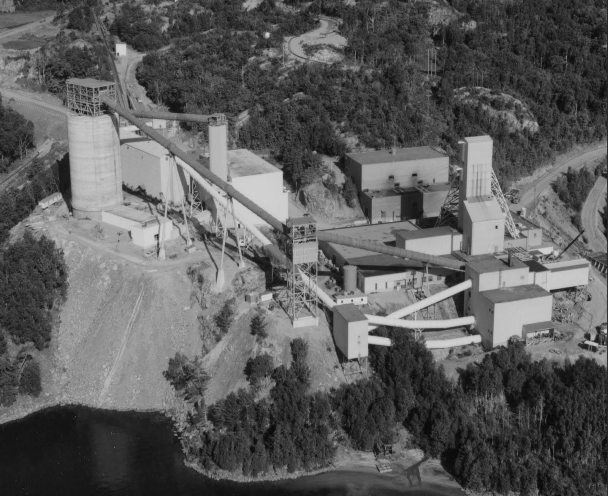Livio Di Matteo is Professor of Economics at Lakehead University in Thunder Bay, Ontario. Visit his new Economics Blog “Northern Economist” at http://ldimatte.shawwebspace.ca/
For an extensive list of articles on this mineral discovery, please go to: Ontario’s Ring of Fire Mineral Discovery
A regional power authority could become a valuable tool for
northern development and provide the cheap electricity for
value-added processing and development necessary for mining
in the Ring of Fire. – Livio Di Matteo (January 17, 2011)
As Ontario heads towards its fall 2011 election, there will inevitably be discussion of what new policies can help drive Northern Ontario’s economy in the 21st century. Historically, economic development in Ontario’s North was a partnership between private sector resource exploitation and a public sector economic strategy to make the north an investment frontier for the south as well as a source of government revenue via the exploitation of natural resources.
Nineteenth century Ontario implemented a northern development scheme that could be termed a “Northern Ontario Policy” that operated parallel to the Federal government’s National Policy. Ontario’s Northern Policy provided a regional program of northern land grants to promote agricultural settlement and the building of the Temiskaming and Northern Ontario Railway and colonization roads to foster access. As well, there was the passage of the “Manufacturing Condition” which required that timber cut on crown land be processed within the province so as to retain value added as well as provide government revenue.
At its peak, the province of Ontario obtained nearly one quarter of its revenue from northern resources and used it to fund expanding provincial services. Indeed, in the early part of this century, Ontario’s northern forests and mines were akin to Alberta’s oil today.

























